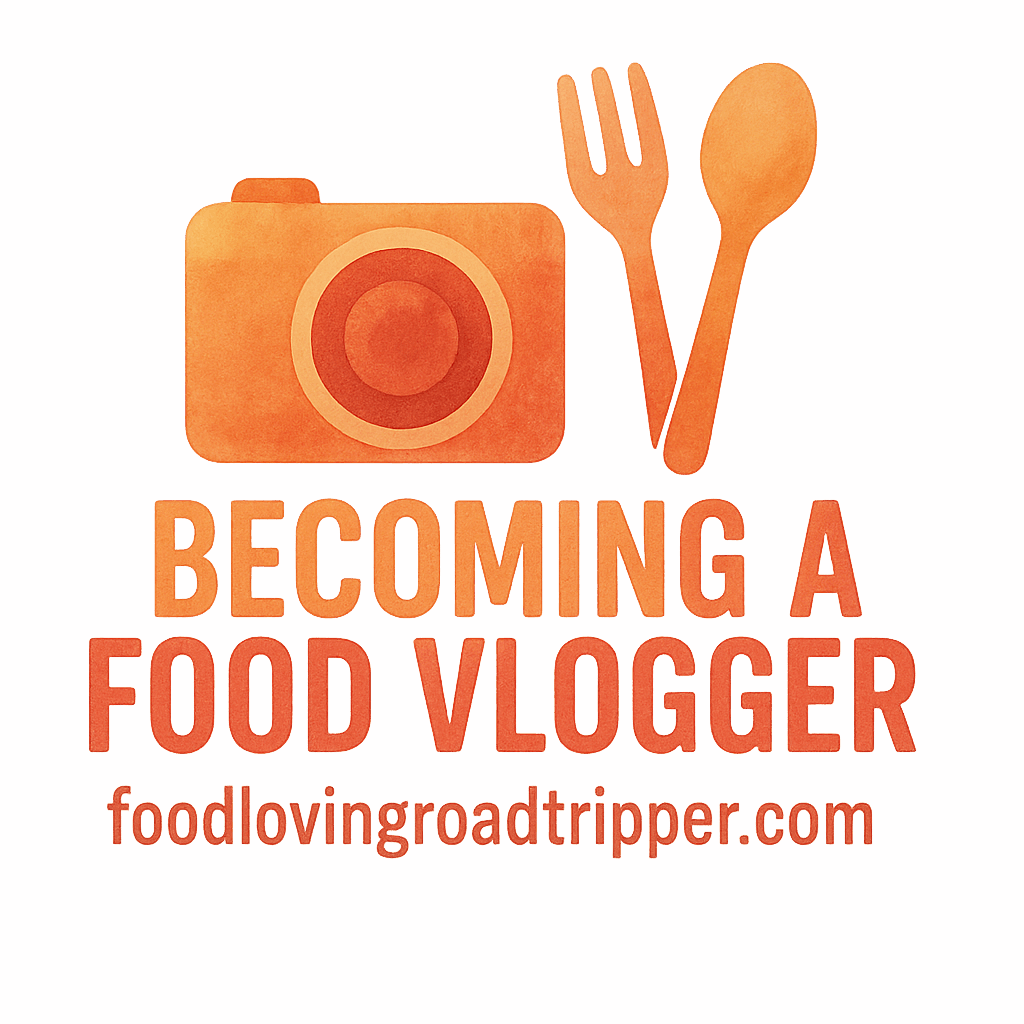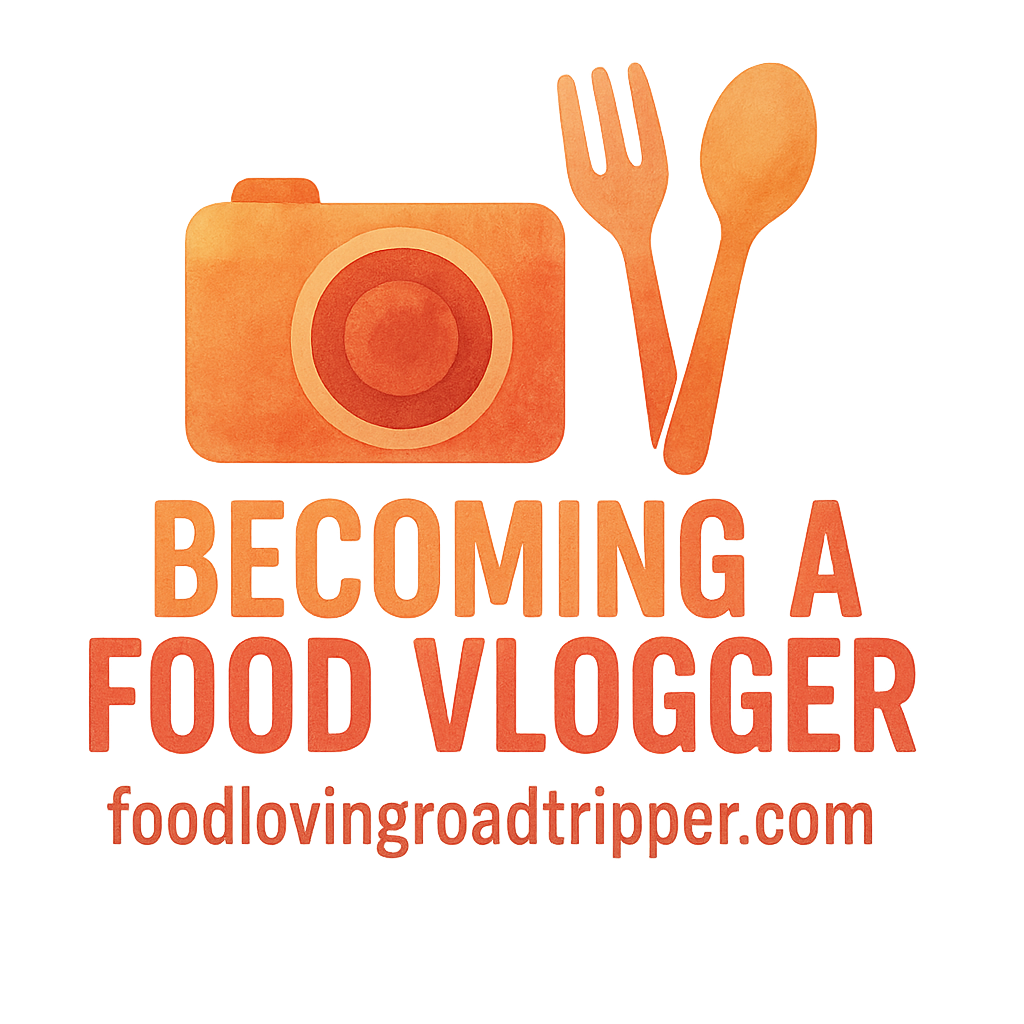Introduction
As a food vlogger, brand deals can significantly boost your income, visibility, and overall brand growth. However, not all brand partnerships are created equal. Some brand deals can feel great at first, but as the collaboration progresses, you might start seeing warning signs that the partnership isn’t what it seemed.
This article will help you spot the 6 brand deal red flags that could harm your brand and your content. By understanding these potential pitfalls, you’ll be better equipped to choose the right brands for your channel and avoid deals that could leave you feeling exploited.
Check out our guide on getting started with brand deals to understand how to approach these partnerships correctly.
Why Brand Deals Matter for Food Vloggers
Brand deals are crucial for any food vlogger looking to expand their reach, grow their business, and diversify their income sources.
The Benefits of Brand Partnerships
Successful brand deals come with a variety of perks:
- Monetary Rewards: Sponsored content and brand deals provide a significant revenue stream for food vloggers.
- Exposure to New Audiences: Working with well-known brands can introduce you to a wider audience.
- Content Opportunities: Brands often offer new products for you to feature, keeping your content fresh and interesting.
For more insights into creating engaging content and finding the right tools to elevate your videos, explore our dedicated content creation and equipment tools sections.
How Brand Deals Can Impact Your Content
While brand deals can add value to your vlog, it’s important to find a balance between promoting a brand and keeping your content authentic. If not handled properly, it can affect your credibility with your audience, leading to lower engagement.
Red Flag #1: Lack of Clear Expectations
A major red flag in any brand deal is unclear expectations. If a brand doesn’t outline exactly what they need from you, it’s easy for misunderstandings to occur, leading to frustration on both sides.
What Clear Expectations Should Look Like
Clear expectations should be outlined in your contract and may include:
- Deliverables: Be specific about what content the brand expects (videos, posts, etc.).
- Timeline: Define key dates, such as when drafts are due and when the final product should be delivered.
- Brand Guidelines: Make sure you’re clear on any brand requirements related to tone, messaging, or visual style.
- Payment Terms: Understand how much you’ll be paid and when.
If you’re unsure about contract terms, check out our guide on getting started with brand partnerships for clarity.
Consequences of Unclear Expectations
Failing to establish clear expectations can lead to:
- Wasted time: You could end up creating content that doesn’t meet the brand’s vague requirements.
- Damaged Relationships: Misunderstandings about deliverables or content style can create tension.
- Dissatisfaction from Your Audience: Poorly executed sponsored content could alienate your followers, affecting your engagement.
Red Flag #2: Inconsistent Communication
If a brand is slow to respond, doesn’t provide clear instructions, or seems unorganized, it’s a huge red flag. Consistent communication is essential for a smooth collaboration.
How to Maintain Clear Communication with Brands
When working with a brand, set up regular check-ins and establish clear communication channels. Always ask for clarification if you’re unsure about any part of the project.
Signs of Poor Communication
Signs that a brand might be problematic in terms of communication include:
- Slow response times: If you’re waiting days for a response, it could indicate a lack of priority.
- Conflicting messages: If you’re receiving inconsistent feedback or multiple people are giving contradictory directions, be cautious.
- Lack of follow-up: Brands should give timely feedback, especially after you submit initial content drafts.
For tips on improving communication with partners, check out our article on growth marketing to ensure smooth collaborations.
Red Flag #3: Unreasonably Low Compensation
Compensation is a crucial part of any brand deal. If a brand offers you significantly less than what your time, effort, and content are worth, it’s time to reconsider.
How to Determine Fair Compensation for Your Work
Make sure you’re being compensated fairly for your work. Consider these factors when determining your rate:
- Audience Size: The larger your audience, the more you should charge.
- Engagement: Higher engagement (likes, shares, comments) can often lead to better pay.
- Content Quality: If you’re creating high-quality, professionally edited videos, you should expect to be compensated accordingly.
Red Flags in Payment Structures
Be cautious of deals where:
- Payment is too low for your audience size: If the compensation doesn’t reflect your reach or content value, it’s a red flag.
- Payment delays: If the brand can’t commit to a reasonable payment schedule, they may not take your work seriously.
- Payment in exposure: Remember, exposure doesn’t pay the bills. It’s not a legitimate form of compensation.
For tips on monetizing your food vlogs effectively, head over to our monetization guide for strategies to maximize your income.

Red Flag #4: Demands for Unnatural Content
One of the biggest challenges food vloggers face when collaborating with brands is maintaining authenticity. Unnatural content—where the brand pushes you to create content that doesn’t fit your style—can alienate your audience.
How to Keep Your Voice Authentic While Collaborating
Always ensure that your voice and values remain intact, even when working with brands. You can still promote products in an engaging and authentic way without compromising your style.
Recognizing Demands that Undermine Your Brand
Be wary of brands that push you too hard to:
- Stick to overly scripted content: If the brand provides a strict script or micromanages your content, your personality may get lost in the process.
- Push product placement: If the product feels forced or out of place in your videos, your audience will notice.
- Force messaging that doesn’t resonate: If the messaging doesn’t match your audience’s interests, it’s best to walk away.
For strategies to stay authentic while partnering with brands, visit our page on editing and how to maintain your style.
Red Flag #5: Lack of Alignment with Your Niche
A brand that doesn’t align with your niche or values is likely a poor fit for your channel. If a brand doesn’t resonate with your audience or feels out of place in your content, it will hurt your credibility.
Why Brand Alignment is Key
Partnerships work best when the brand fits seamlessly with your content and audience. For food vloggers, partnering with food-related brands that resonate with your viewers is essential for maintaining authenticity.
Signs the Brand Isn’t Right for You
Be cautious if:
- The brand is unrelated to food or your niche: If the brand feels completely out of place, it may confuse your audience.
- The product doesn’t match your values: You should only promote products you believe in, as your followers will trust your recommendations more.
Check out our article on equipment tools for tips on finding brands that fit your niche and enhance your content.
Red Flag #6: No Long-Term Relationship or Follow-Up
While one-off brand deals can be profitable, long-term relationships with brands are often the most rewarding.
Why Long-Term Partnerships Matter
Long-term collaborations offer several benefits, including:
- Sustainability: You can build a consistent income stream.
- Increased Creative Freedom: Brands familiar with your content will allow more flexibility and creative freedom.
- Stronger Trust: Long-term partnerships tend to be based on mutual trust, which benefits both parties.
The Risks of One-Off Deals
Be cautious of one-off brand deals, as they often come with:
- Lack of future opportunities: Once the deal is over, there may be no chance of collaborating again.
- Tight control over content: Without a long-term relationship, brands might dictate every aspect of your content.
For more on building lasting brand partnerships, head over to our social media strategies to ensure long-term growth and collaboration.
Conclusion
Brand deals can elevate your food vlogging career, but they’re not without their risks. By keeping an eye on these 6 brand deal red flags, you can protect your brand’s integrity while securing partnerships that align with your goals. Always ensure that expectations are clear, communication is consistent, and that the brand aligns with your values and content style.
Choosing the right brands for long-term collaborations is essential for sustained growth and success.
For more tips on monetization and how to make the most of your brand deals, visit our monetization and growth marketing sections.
FAQs
1. How do I find reputable brands for my food vlogs?
Look for brands that align with your niche and values. Check their reputation online and talk to other creators who have worked with them.
2. How can I ensure I get paid fairly for my content?
Set clear compensation expectations upfront. Consider factors like your audience size, engagement, and content quality when determining your rate.
3. What should I do if I notice a red flag in a brand deal?
Trust your instincts. If something doesn’t feel right, negotiate or walk away if the deal doesn’t align with your goals.
4. How do I keep my content authentic when collaborating with brands?
Stay true to your voice. Ensure that any brand deal complements your content style and doesn’t compromise your values.
5. Can I negotiate terms with a brand I don’t agree with?
Absolutely! Negotiation is key to any partnership. Be upfront about what works for you and what doesn’t.
6. How can I avoid dealing with brands that don’t respect my creative freedom?
Be clear from the start about what creative control you expect. If a brand insists on micromanaging your content, reconsider the partnership.
7. What are the best strategies for managing brand partnerships long-term?
Build strong, transparent relationships with your brand partners. Consistently communicate, and prioritize mutual trust and respect for sustained growth.


